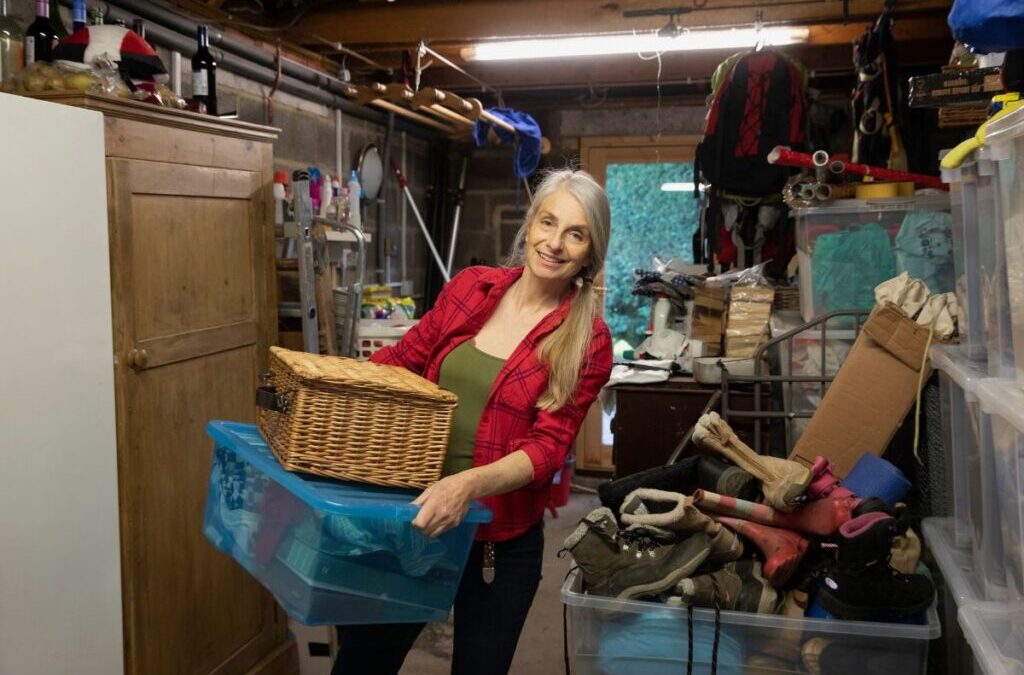Inside: Discover the lessting decluttering method and how you can use it to effectively simplify your home and life.
In a world filled with excess, decluttering has become a necessity for those of us who are seeking a more peaceful and intentional life.
However, traditional decluttering methods often focus on the act of removing things from our space without addressing the deeper reasons behind why we accumulate so much in the first place.
If you’ve ever felt overwhelmed by your belongings or feel like you’re constantly decluttering without making meaningful, lasting progress, it may be time for a new approach – like “lessting”.
Unlike many strategies to address clutter, lessting isn’t a standardized step-by-step model to follow to clear stuff out of your home.
Instead, it’s a revolutionary mindset shift that focuses more on memories and experiences than physical things, helping you reevaluate your relationship and emotional attachment to your possessions.
Sure – getting rid of things is certainly part of the process. But it’s really about taking a step back and learning how to find fulfillment through non-material aspects of life, like meaningful experiences, relationships, and personal growth.
Whether you’re looking to simplify your home, embrace a more minimal lifestyle, or just regain control over your space, lessting provides a framework that helps you make peace with your belongings and prioritize what truly matters.
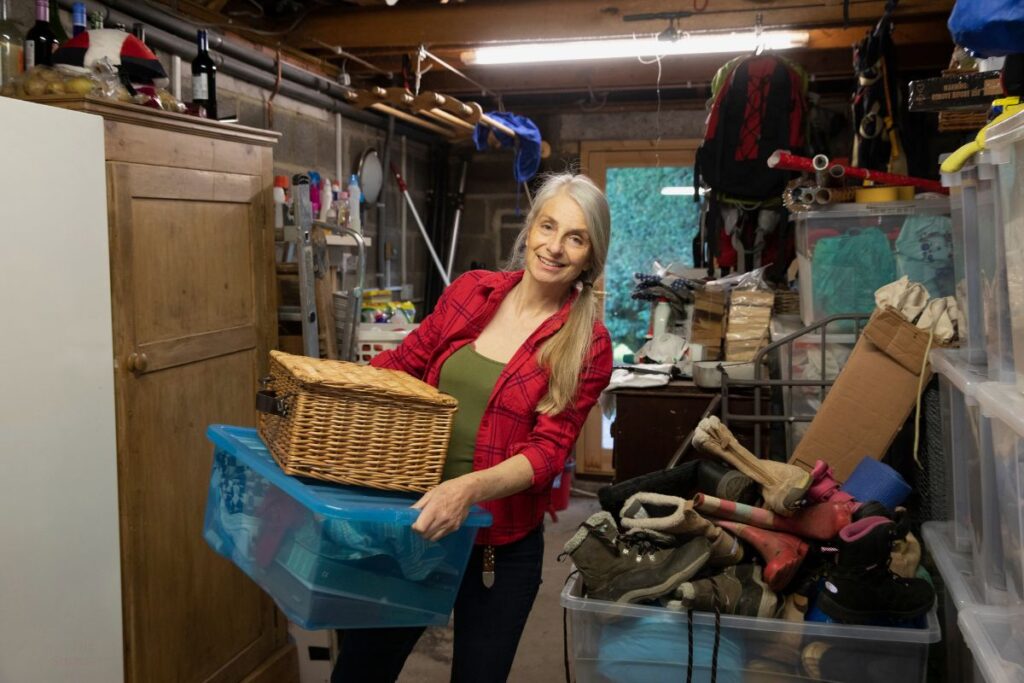
What is the lessting decluttering method?
The term “lessting” is essentially the opposite of “nesting.” When we’re nesting, we’re often filling our homes with things to make them feel cozy and comfortable – often in preparation for a big shift, like the arrival of a newborn.
Lessting represents a different kind of shift – a change of perspective that encourages you to detach from excessive material possessions and instead focus on building a life centered around experiences, memories, and intentional living.
While traditional decluttering techniques aim to tidy up physical spaces, lessting prompts you to dig deeper by examining the emotional and psychological ties we have to our belongings.
At its core, lessting asks a simple but powerful decluttering question: Are my possessions enhancing my life, or are they weighing me down?
Rather than approaching decluttering as a one-time task or a repetitive cycle, lessting promotes a long-term mindset shift.
It challenges you to assess not only what you own but also why you own it, helping you let go of items that no longer serve a meaningful purpose while preventing future accumulation of unnecessary clutter.
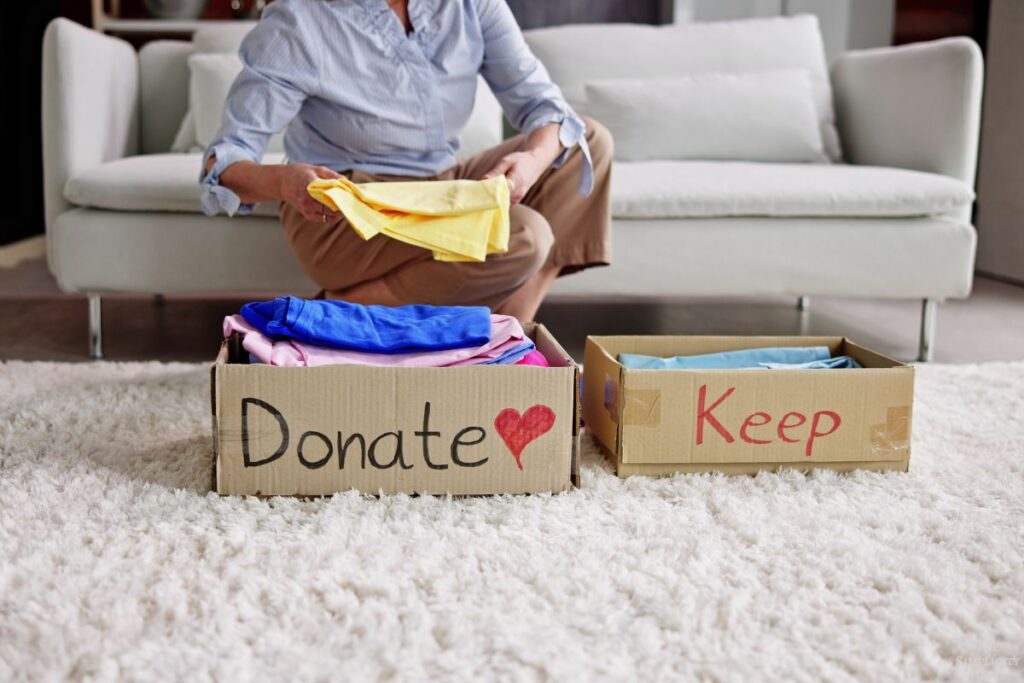
Who can benefit from the lessting decluttering method?
Lessting is for anyone who wants to live a simpler life with less physical stuff. It can be particularly beneficial for older people who feel burdened by a lifetime of accumulated possessions, many of which are tied to feelings of nostalgia.
However, virtually anyone can embrace this method to reduce clutter and live more intentionally.
Older individuals often struggle with years, if not decades, of accumulated belongings that evoke memories and sentimental attachment.
Downsizing or parting with these items can feel like erasing history, but lessting provides a way to shift the focus from objects to the experiences and relationships they represent.
By detaching from the need to keep everything, they can create a lighter, more peaceful living space while still honoring their past.
Additionally, young professionals and families can also benefit by cultivating a lifestyle based on experiences rather than material possessions.
Parents, in particular, can use this approach to instill in their children the value of memories over things, reducing clutter in the home and emphasizing shared activities and moments over buying more toys, books, and stuff.
Ultimately, anyone who feels overwhelmed by a constant influx of new possessions, digital clutter, or unnecessary shopping habits can use lessting to regain control over their environment and mental well-being.

How can you apply the lessting decluttering method in your life?
Lessting isn’t just about letting go. It’s about shifting your entire mindset around what truly brings value and meaning to your life.
Rather than focusing solely on what to remove and how quickly you can clear it out, this method encourages thoughtful consideration around what to keep and why.
Here are some ways you can leverage the concept of lessting to declutter your space and shift your priorities away from physical things:
1. Reevaluate your emotional attachment to your possessions.
Take a step back and ask yourself why you find it hard to part with your physical belongings. Is it because they genuinely add value to your life? Or is it because of guilt, nostalgia, or a fear of letting go?
Instead of clinging to things for the sake of sentimentality, think about how you can preserve the memories those items invoke without keeping the physical items.
Photographs, videos, or journaling can be great ways to capture those feelings without taking up so much space.
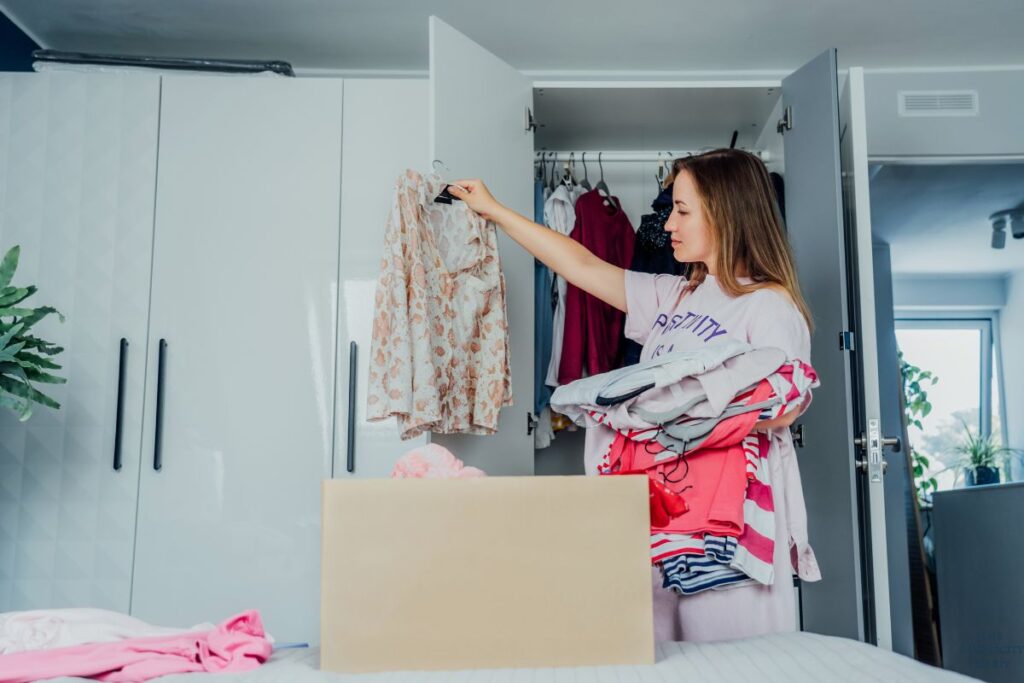
2. Slowly and methodically evaluate what you own.
Rather than attempting to declutter your entire home in a day, take a slow and intentional approach. Set aside time to go through different areas of your home, assessing each item with fresh eyes.
Ask yourself whether it serves a purpose, adds joy, or holds genuine value in your life. And give yourself time and grace to process the feelings that may arise when decluttering those sentimental, emotionally-charged possessions.
By working through your belongings methodically, you can make more mindful and lasting decisions about what to keep and what to release.
3. Prioritize experiences over physical stuff.
There are so many ways to evoke joy, comfort, and happiness without relying on the accumulation of more stuff. Instead of buying souvenirs, take more photos.
Instead of filling your home with decor, fill your time with meaningful activities. This shift in focus naturally leads to less clutter while increasing fulfillment.
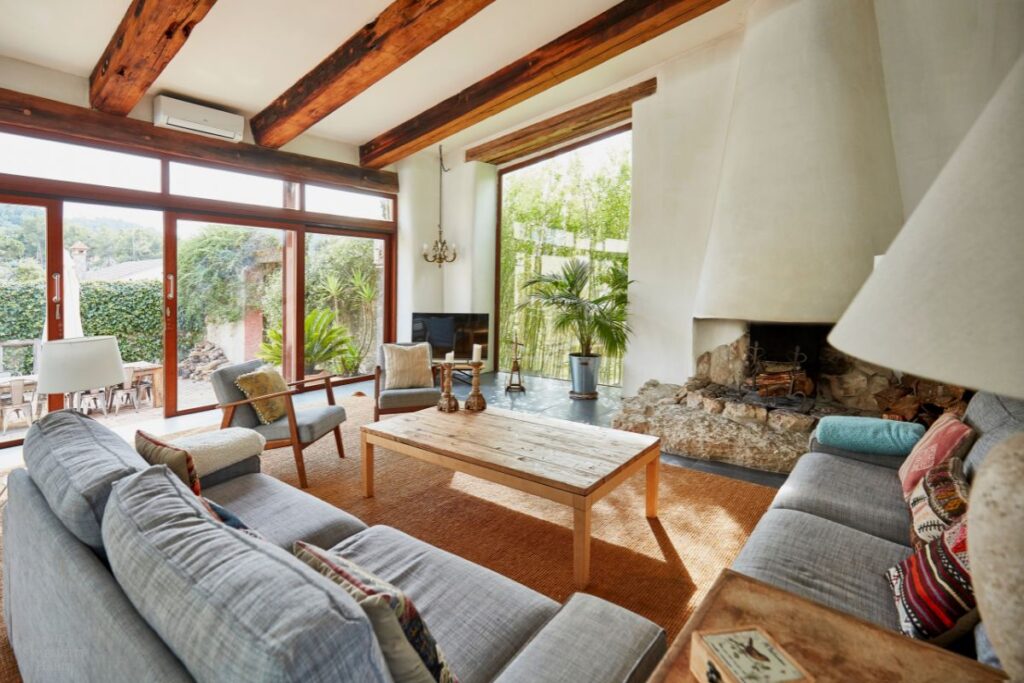
4. Redefine your concept of “home.”
Instead of viewing your home as a place to store things, start seeing it as a space for comfort and connection.
Arrange your home in a way that supports your lifestyle, not your belongings. Create open spaces that allow you to breathe, think, and enjoy life more fully.
5. Release yourself from the burden of unused items.
Many of us hold onto items out of obligation, even when they no longer serve us.
Whether it’s gifts from loved ones, inherited belongings, or expensive purchases we regret, these items can weigh us down emotionally without adding any value to our lives.
Lessting encourages us to free ourselves from this burden by donating, repurposing, or passing items along to someone who will truly appreciate them.
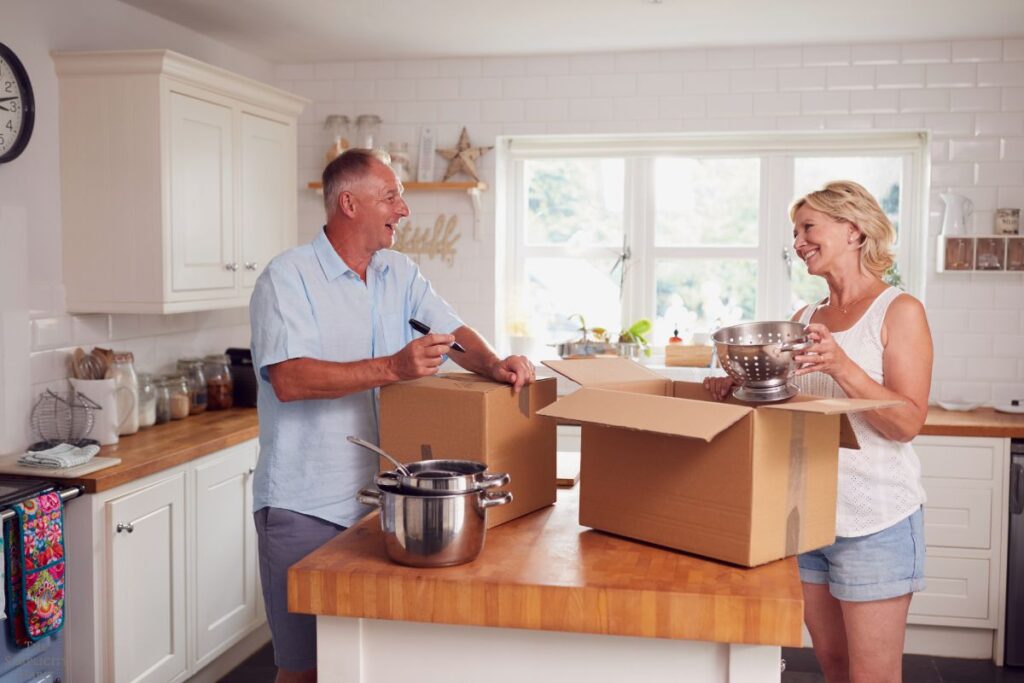
What do you think about the lessting decluttering method? Leave a comment and let me know!
Sign up on the form below to get weekly decluttering tips sent straight to your inbox. You’ll also get the free Your Home Decluttered Jumpstart which includes 100 easy items to declutter and 12 high-impact areas to declutter in 10 minutes.

